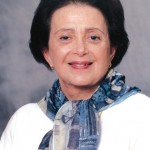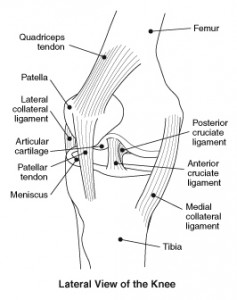This weekend’s slate of racing at the Atlanta Motor Speedway, including the marquee Emory Healthcare 500 NASCAR Sprint Cup race Sunday night, will have a uniquely Emory flavor that exceeds far beyond just the naming rights for the event that will be watched by millions of fans around the country. Emory Healthcare is the official healthcare partner for the Atlanta Motor Speedway and this year’s Emory Healthcare 500 NASCAR Sprint Cup Series Race.
Mr. 500
When Emory Healthcare and Atlanta Motor Speedway officials began searching for the grand marshal of this year’s Emory Healthcare 500 Sprint Cup Series race, they didn’t have to search long or far to find the perfect candidate – and one who already possessed the perfect tailor-made nickname for such an occasion.
Lawrenceville native Terry “Mr. 500†Green has been named the grand marshal for this year’s race.
Green first came to be known as “Mr. 500†in March 2008, after he became the 500th heart transplant recipient at Emory University Hospital in Atlanta.
Keeping his motor running
Wayne Reese has been racing motocross and super late model cars on dirt tracks for more than 11 years, and he knows the risks. One risk he won’t take, however, is with his health.
Reese, a prostate cancer survivor, will be the Honorary Starter at the Emory Healthcare 500. In this role, Reese will drop the Green Flag to start the race. In addition, his son Brian will drive his Reese Motorsports Super Late Model Number 33 in the pre-race parade.
Reese, 55, recently completed therapy at Emory University Hospital’s Department of Radiation Oncology. He says he knew he wanted to be treated at Emory because his wife was treated at Emory’s Winship Cancer Institute. “We appreciate all the help we’ve gotten there.”
Reese recently demonstrated his appreciation by putting the Winship Cancer Institute of Emory University logo on his race cars.
When more than 150,000 race fans, visitors and support crews flood Atlanta Motor Speedway this Labor Day weekend, they may learn a thing or two about their health – possibly saving their own lives in the process.
Emory Healthcare will bring its own pit crew team of volunteers to Henry County this weekend to provide free health care screenings including:
•   Blood pressure screenings
•   Smoking cessation help and information
•   Head, neck and skin cancer screenings
•   Body Mass Index (BMI) screenings
•   General health and wellness information
“Having this incredible opportunity to reach out to so many men and women to provide potentially life-saving cancer screenings, blood pressure checks, and informative ways to live a longer and healthier life, is a perfect way for us to thank those in our community who have allowed us to serve them over the years, while also supporting this special event that means so much to our region,” says Dane Peterson, chief operating officer for Emory University Hospital Midtown. “At the end of the day, we hope to make a difference in the lives of more than a few individuals and ensure that they will be able to return for many more exciting Labor Day weekends at the Atlanta Motor Speedway.â€












 t want a transplant or those who may be transplant eligible in the future.â€
t want a transplant or those who may be transplant eligible in the future.â€


